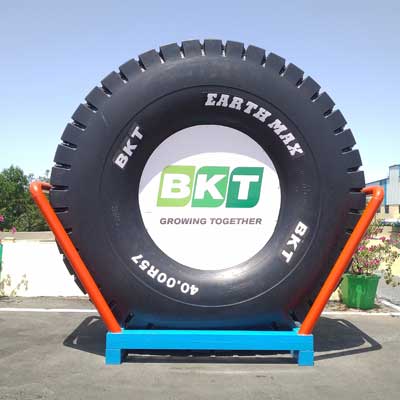
BKT's Bhuj Plant: At the centre of a well-thought-out growth strategy
The plant in Bhuj was situated on a 123-hectare plot of land when the first tyre rolled off the assembly line in 2012. It represented a $500 million investment at the time in a region of the arid terrain of Gujarat. The land was completely dry and had no electricity or water, but after many kilometres of water and power lines were laid, it rapidly expanded, growing from 126 hectares in 2016 to 131 in 2019 to 137 in 2021 to 258 in 2022. A total surface area of 323 hectares, of which 283 have already been purchased, is anticipated by the end of 2023.
More space implies more opportunity to add new equipment, accommodate additional testing areas, expand volumes, and everything else that comes with it. In comparison to pre-pandemic phase, the company's revenue has surged by almost 49 per cent. The company's claim that this "bears witness to how the Indian multinational is always ready for new opportunities and challenges" doesn't seem like just empty words. In real terms, the factory increased from 92 MT production per day in 2015 to a humungous 436 MT daily at the end of 2022, which was the best performance year by them ever.
In this plant there is very less product wastage, thus increasing the manufacturing sustainability, and resulting decrease in production costs. Additionally, processes are becoming more dependable, and most importantly for BKT, occupational risks are significantly decreased and worker comfort is reportedly improved.
 +91-22-24193000
+91-22-24193000 Subscriber@ASAPPinfoGlobal.com
Subscriber@ASAPPinfoGlobal.com